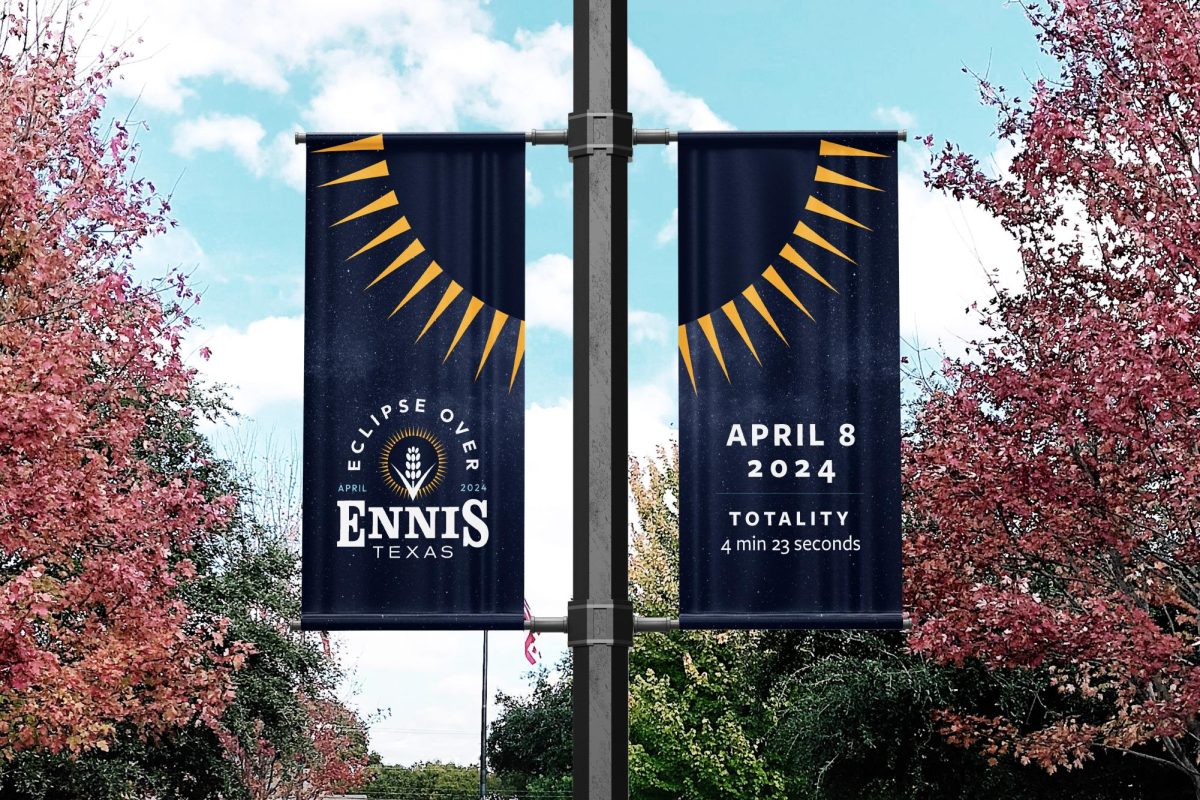It’s egret nesting time, but the Tanglewood neighborhood has ceased its bird scare tactics.
Rick Shepherd, a Tanglewood resident and naturalist, and Derek Broman, a Texas Parks and Wildlife biologist, noted the absence of the birds late in the spring, However, with recent reports of fallen eggs, Shepherd said the neighborhood has stopped its nesting prevention strategies.
“By this time, there are now likely a fair number of yellow-crowned night herons in Tanglewood," Shepherd wrote in an email. “Given the impossibility to be sure nests do or do not have eggs because of the now dense canopy, we have ceased any harassment of the birds.”
Under the Migratory Bird Treaty Act, it is illegal to harm or disrupt the nesting of yellow-crowned night herons and egrets. The treaty includes five countries and promotes the protection and conservation of migratory birds.
“Even if we see a bird building a nest, we cannot be sure it may not be close to the egg-containing nest of another heron,” Shepherd wrote. “Accidental harassment of an unseen nearby nest is illegal.”
Shepherd said he found two cracked eggs in a neighbor’s yard after a strong windstorm.
“In one egg, there was obvious yolk and egg contents, but it had not yet gotten to the stage of an embryo developing. The other egg had a hole in one side and had no content within the egg itself,” he said. “Once an egg is laid in a nest, it takes us out of business of discouraging to nest there.”
The yellow-crowned night herons work as scouts for the egrets, Shepherd said.
Broman said education about egrets and yellow-crowned night herons is important to help prevent the birds from nesting in residential areas.
“Education and public awareness is imperative to live with these birds,” he said.
Common egret and heron disturbance measures include trimming treetops and using air horns or tennis balls. Neighbors can also make scare-eye balloons, which birds commonly mistake for owls.
Prevention is important because the birds can create thousands of dollars of property damage. Broman compared an egret rookery to a chicken coop because of the smell, fecal matter and dead worms in the area.
Shepherd said removing old nests is one of the most important steps in preventing yellow-crowned night heron and egret nesting.
Broman said Sylvester Park and a forested area near Bryant Irvin Road also housed yellow-crowned night herons and egrets in past years. And the best-case scenario in Fort Worth would be for the birds to nest in the woods or a remote park.
“It requires a lot of cooperation to protect these birds,” he said.





